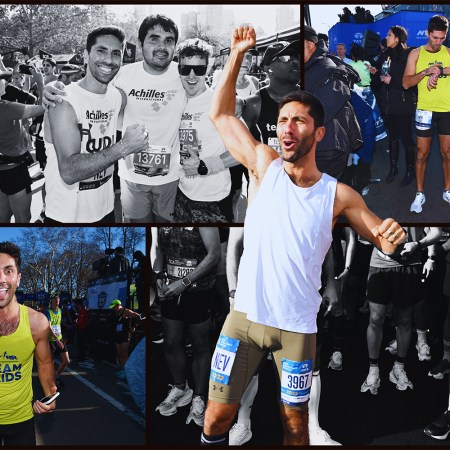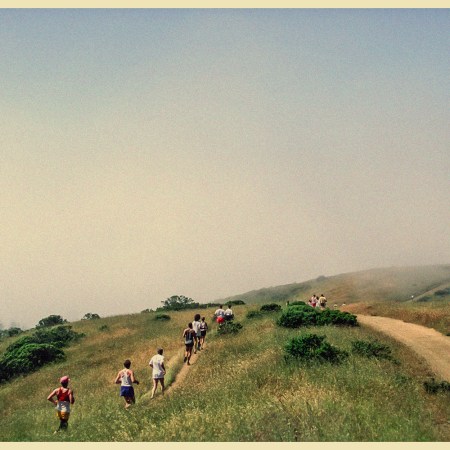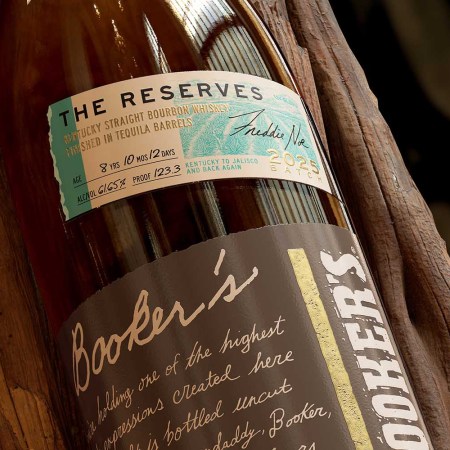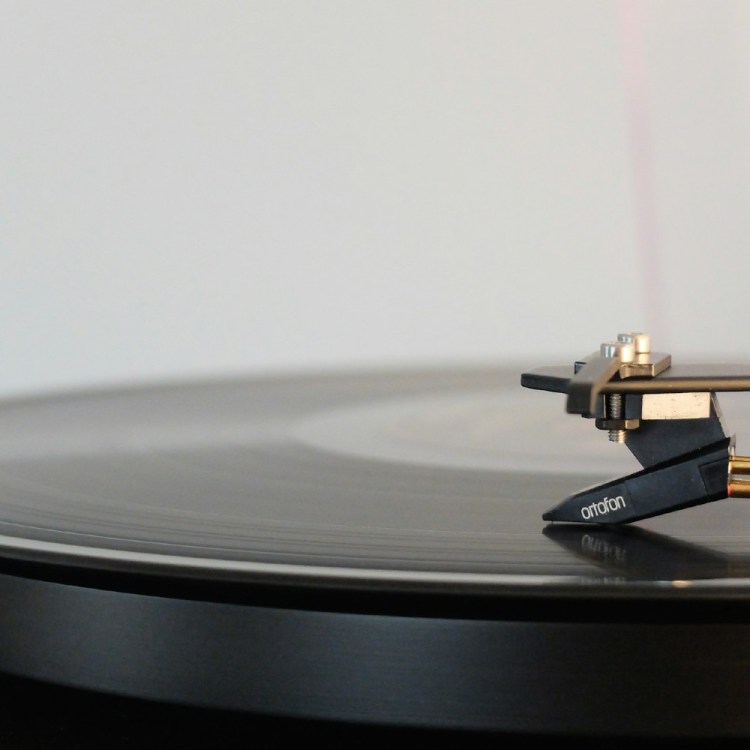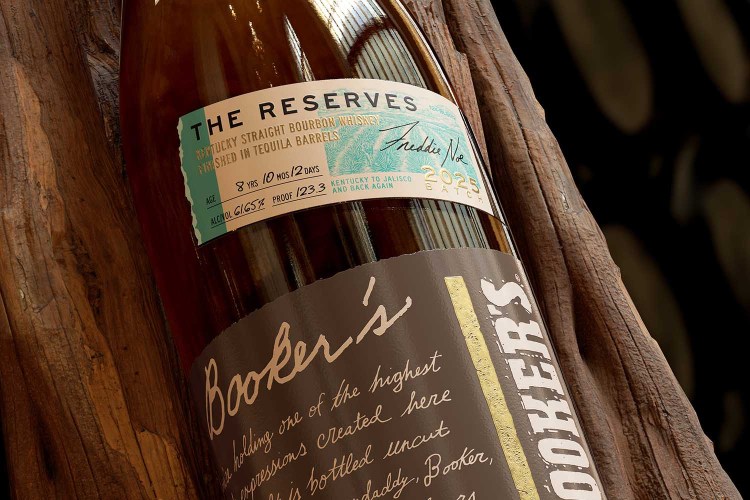Performance coach Steve Magness is currently making the podcast rounds for his new book Win the Inside Game, and earlier this month made an appearance on The Rich Roll Podcast. It’s a great listen, but there’s one section in particular that I want to draw your attention to, when Magness identifies an underrated north star for longevity.
“If you look at all the research that does tie VO2 max to longevity, almost all of it does not measure VO2 max,” he said. “I like to simplify things. You don’t need to go to a lab to understand your VO2 max to see if you’re going to live longer, based on the research. All you need to do is go down to the track and go run a mile. And the faster you are, the better your predicted longevity will be.”
It’s a fascinating and refreshing take, especially in an age where elite and amateur athletes alike put serious stock in metrics pulled from wearables, lab tests and performance apps. Magness is suggesting something far simpler: your stopwatch could tell you more than your smartwatch.
VO2 Max Is the Real Deal
VO2 max is extremely buzzy these days, and for good reason. The figure is representative of both elite performance (Tour de France champions and Norwegian cross-country skiers typically “blow” the very best VO2 metrics on the planet) and increased lifespan (low VO2 max has been shown to be one of the strongest predictors of all-cause mortality — outranking things like smoking, diabetes and high blood pressure).
Most people will never measure their VO2 max, though. The tests are expensive, time-consuming, difficult to source and, to be honest, pretty uncomfortable. (I made time for one a year ago…but I also write about wellness for a living.) Meanwhile, even if someone does take the test, it’s unlikely they’ll take another one for years — if ever again. And though a fitness tracker like WHOOP is now prioritizing the metric in its dashboards, the company’s algorithm relies on estimations, as opposed to direct measurements.
Michael Easter on How to Live the “2% Mindset”
The bestselling author of “The Comfort Crisis” names the small, intentional challenges that lead to a stronger body and sharper mindMagness Has a Point
The thrust of this idea from Magness, though, is that you don’t really need to worry yourself with a VO2 max test. You can go down to your local high school track and run four laps, hard, for free. That sort of endurance field test is just as useful for understanding your longevity as a graded treadmill trial with gas exchange sensors.
Why? Well, as he said, the research tying VO2 max to long-term health includes population-level studies that make use of proxies — or similar markers with robust correlation to VO2 max. Stuff like: how quickly the heart recovers after two minutes of activity, or heart rate data after stepping on and off a platform for a period of time. There are all sorts of similar running field tests: the Cooper Test, for instance, measures how far you can run in 12 minutes. And of course, there’s how fast you can run a mile.
You vs. Yourself
Magness, as it happens, is very good at the mile run — he was once the best high school miler in the United States, clocking a preposterous 4:01. So maybe we shouldn’t be surprised that he puts a lot of stock in timing the distance. (He was also the track coach at University of Houston for a while.) Still, the research is sound: endurance fitness is inextricably tied to longevity.
I understand that if you still have gym class PTSD from a few decades ago, timing a mile sounds intimidating, and perhaps something that should remain the domain of serious runners.
But there’s an argument to be made that timing your mile is actually more useful than getting a VO2 max test, because there’s no one stopping you from doing it all the time. You could easily treat is as a quarterly check-in. It doesn’t matter if you need to walk all four laps. (Run-walking is seriously underrated!) And who cares what time you get — you don’t have to tell a soul. Just jot it down in your iPhone Notes app.
You don’t have to become a runner in the months leading up to your next timed mile. Just use that knowledge accordingly in your exercising life — maybe go a little longer on the bike, take the stairs more often, sneak in some hikes when the weather’s nice. Then head back out there on the right day, when you feel ready for it, and see how you go. The point is to understand where your body stands, and nudge it forward, a little at a time.
For once, forget the subscription wearables and AI-powered insights and lab tests some influencer told you to take. Four laps around the track might be the simplest, clearest mirror you’ll ever hold up to your health.
The Charge will help you move better, think clearer and stay in the game longer. Subscribe to our wellness newsletter today.




